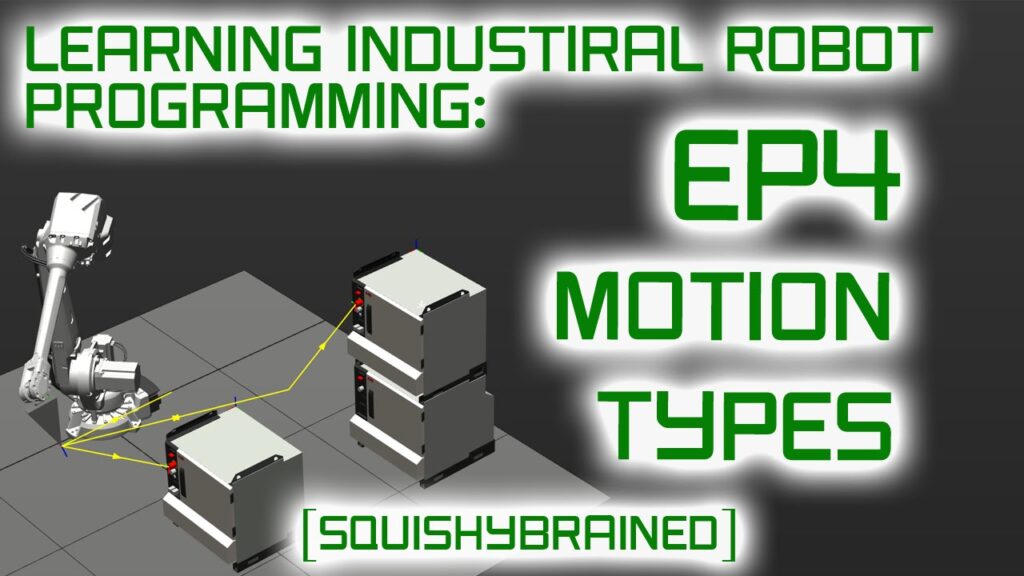# Types of Industrial Robots: A Comprehensive Guide
Industrial robots have revolutionized the manufacturing industry, enhancing efficiency, precision, and speed of production processes. These robots are designed to automate tasks that were previously performed by humans, leading to increased productivity and reduced costs for businesses. In this article, we will explore the various types of industrial robots and their application in different industries.
Before delving into the specifics, it is important to understand that industrial robots can be classified into several categories based on their application, structure, and mobility. Each type of robot serves a specific purpose and is equipped with unique features to cater to diverse manufacturing requirements. So, let's dive into the world of industrial robotics and explore their different types!
## Articulated Robots
Articulated robots, also known as robotic arms, are the most commonly used type of industrial robots. They feature a rotating joint structure, similar to a human arm, which enables them to perform a wide range of tasks. These robots excel in applications that require a high degree of flexibility, precision, and maneuverability.
Articulated robots find applications in various industries, including automotive, electronics, and food processing. They can be programmed to perform tasks such as welding, painting, assembly, material handling, and more. The versatility and dexterity of articulated robots make them a popular choice for manufacturers worldwide.
## Cartesian Robots
Cartesian robots, also referred to as gantry robots or rectilinear robots, have a three-dimensional rectangular coordinate system. They utilize linear actuators to move along the X, Y, and Z axes, providing precise and repeatable motion control. These robots are best suited for applications that require high accuracy and heavy lifting capacity.
The distinct advantage of Cartesian robots is their ability to cover large workspaces, making them ideal for tasks such as pick and place, packaging, palletizing, and machine tending. Additionally, their rigid structure enables them to handle heavy payloads with ease, further increasing their utility in industries like logistics and pharmaceuticals.
## Delta Robots
Delta robots, also known as parallel robots or spider robots, are designed with a unique parallel linkage structure. Comprising of three or more arms connected to a common base, these robots move in a coordinated manner to perform tasks with great speed and precision. Delta robots are commonly used in high-speed pick and place operations.
These robots excel in applications such as packaging, sorting, and assembly, where rapid and accurate movements are required. Due to their exceptional capabilities in high-speed operations, delta robots are extensively employed in the food and beverage industry, where products need to be sorted and packed at a quick pace.
## SCARA Robots
Selective Compliance Assembly Robot Arms (SCARA) robots are specifically designed for tasks that involve assembly, material handling, and pick and place operations. These robots have a horizontal joint structure and are capable of moving in the XY plane with a limited vertical range. SCARA robots offer excellent repeatability and are highly precise.
The speed and precision of SCARA robots make them a preferred choice for applications like screwdriving, soldering, and component insertion. Their compact design also allows for easy integration into production lines with limited workspace. The automotive, electronics, and consumer goods industries extensively utilize SCARA robots to streamline their assembly processes.
## Collaborative Robots
Collaborative robots, often referred to as cobots, are designed to operate alongside humans in a shared workspace without the need for safety barriers. These robots are equipped with advanced sensors and safety features to ensure a safe working environment. Cobots are known for their flexibility and ease of programming.
These robots are widely employed in industries where human-robot collaboration is required, such as manufacturing and logistics. Cobots can handle tasks like machine tending, inspection, and packaging, working hand in hand with human operators. The ability of cobots to work collaboratively with humans has led to improved productivity and reduced ergonomic issues in factories.
## Mobile Robots
Mobile robots, as the name suggests, are capable of autonomous movement within a defined workspace. They are equipped with wheels or treads, enabling them to navigate through factory floors and warehouses. Mobile robots offer flexibility in performing various tasks independently, such as material handling, transporting goods, and inventory management.
Mobile robots find extensive use in industries like e-commerce, automotive, and logistics, where large-scale operations require efficient material handling and transportation. These robots are programmed to follow predetermined paths or can be equipped with obstacle detection sensors to navigate dynamically in changing environments.
In conclusion, industrial robots have significantly transformed the manufacturing landscape, enabling businesses to achieve higher productivity and efficiency. By understanding the types of industrial robots and their applications, manufacturers can make informed decisions regarding automation in their production processes. As technology continues to evolve, we can expect further advancements in the capabilities and functionalities of industrial robots, opening up new possibilities for enhanced productivity and innovation in the manufacturing sector.
Industrial Robot
"Exploring Motion Types and Industrial Robot Varieties: EP4 of Learning Industrial Robot Programming"


